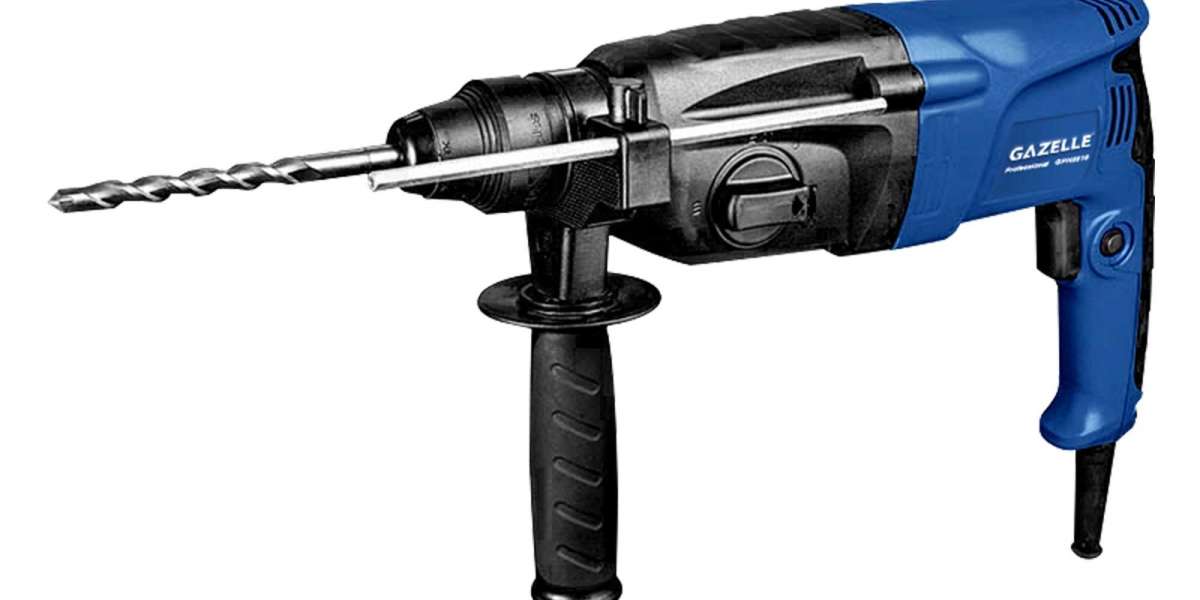Key Features of Rotary Hammers:
- Hammering and Drilling Modes: Most rotary hammers offer multiple modes — drilling, hammer drilling, and chiseling — making them versatile for different tasks.
- SDS Compatibility: The SDS (Slotted Drive System) allows for quick and secure bit changes while ensuring optimal energy transfer.
- Precision and Speed: With adjustable speeds and depth gauges, rotary hammers enable accurate drilling even in challenging materials.
Applications:
- Installing anchors and screws in concrete.
- Drilling holes for pipes, cables, and dowels.
- Light chiseling or removing tiles.
What are Demolition Hammers?
Demolition hammers are specialized tools designed for breaking, chipping, and chiseling tough materials. Unlike rotary hammers, demolition hammers don’t have a drilling function; their sole focus is delivering high-impact energy for demolition tasks.
Key Features of Demolition Hammers:
- Unmatched Power: Demolition hammers deliver higher impact force, making them ideal for breaking through concrete slabs and walls.
- Durability: Built to withstand the rigors of heavy use, these tools often feature robust materials and cooling systems to prevent overheating.
- Ergonomic Design: With vibration control and ergonomic handles, modern demolition hammers reduce user fatigue during prolonged use.
Applications:
- Breaking up concrete, asphalt, or stone.
- Removing old tiles or flooring.
- Chipping away stubborn materials in construction sites.
Conclusion
Rotary and demolition hammers are powerful tools that simplify challenging construction and renovation tasks. By understanding their unique features and applications, you can choose the right tool for your needs and maximize efficiency on the job site.




